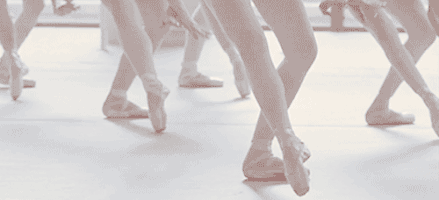
This semester we have talked a lot about the importance of visual literacy, as it is all around us. Today, students are expected to be able to interpret, recognize, appreciate, and understand information presented through visible actions, objects, and symbols (Edutopia). According to Steve Moline, visual literacy is our “other language” and he goes on to explain that “visual literacy is not a cute new toy for children to play with; it is the means by which we manage in the everyday world”. That sounds pretty important to me!
(Source: https://www.edutopia.org/blog/ccia-10-visual-literacy-strategies-todd-finley; Moline – Chapter 1)

We know it is important but why should we care about visual literacy? In a previous post I answered this question as follows:

(Source: MCLB #3 – https://caralamedica.wordpress.com/2017/02/06/mclb-3/)
While I stand by this answer, I have now expanded my knowledge of visual literacy since I initially answered this question and would like to add to it. Moline describes so many reasons why we must cause about visual literacy including:

(Source: Moline – Chapter 1)


While there are many ways to incorporate visual literacy into our classrooms, teachers must use and explicitly teach their students various types of visual literacy. Comics are a common type of visual literacy that is often used in classrooms because they can be very effective in instruction. Frey and Fisher discuss teaching visual literacy with comics as “comics lend themselves to extensive interpretation, providing teachers with numerous opportunities to help develop visual literacy among their students”.
Frey and Fisher even have a book that specifically explains how to use types of visual literacy, such as comic books, to develop comprehension and thinking skills.

(Source: http://www.google.com)


(Source: https://www.edutopia.org/blog/ccia-10-visual-literacy-strategies-todd-finley)

Thinking back to when I was a student in elementary school, I can remember my teachers constantly using various types of visuals in the classroom. We were always using graphic organizers across different subjects to support our understanding of new topics and concepts. I specifically remember my teachers having us complete venn diagrams, flowcharts, timelines, and maps both during class and for homework for many different purposes in various subjects. I always preferred using graphic organizers instead of simply taking notes to learn new information. Seeing the information in a more visual format helped me comprehend the information more clearly because visuals make the information more accessible than just words on a page. I remember making many dioramas and collages for projects at the end of each unit and I can recall being so excited when we had the opportunity to do creative types of projects, instead of the typical written projects. I also remember making comic strips beginning in my 5th grade class and really enjoying the process. I was never really into comics as a kid, however I liked drawing so I enjoyed drawing pictures in each box to tell a story. I also liked that we only needed to include a small amount of text (if any) in each box because it was easier than having to write a lengthy description. Since I loved when my teachers included visual literacy in their lessons, I will definitely be incorporating many aspects of visual literacy into my future lessons.

Moline states, “Visual information literacy is about making meaning with a mix of visual elements–lines, boxes, outline-drawings, arrows, labels grids, numbers, and so on”. Below are some great infographics that incorporate these visual elements mentioned by Moline that I found online. These infographics further discuss just how important visual information is, as it is a fundamental element in learning.
(Source: Moline – Chapter 1)

(Source: https://www.espatial.com/articles/why-you-need-data-visualization-in-2016)
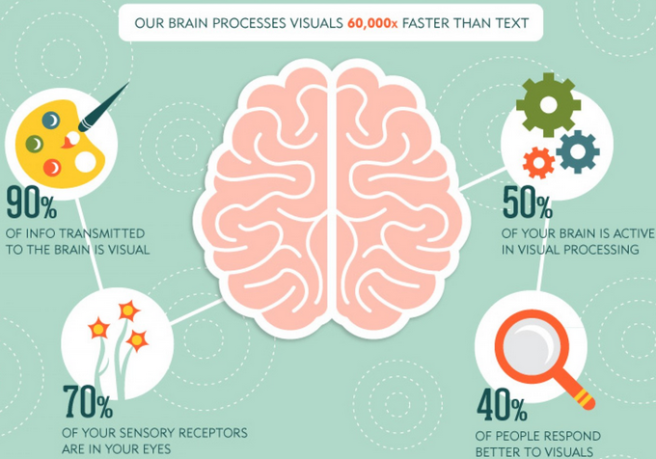
(Source: https://www.tweetfavy.com/blog/2015/04/visual-content-role-design-online-marketing/)

(Source: https://ernestoolivares.com/2013/01/11/we-are-90-visuals-beings/)

(Source: https://educators.brainpop.com/printable/visual-information-fundamental-element-learning/)
Lastly, I came across an image titled: An infographic about infographics
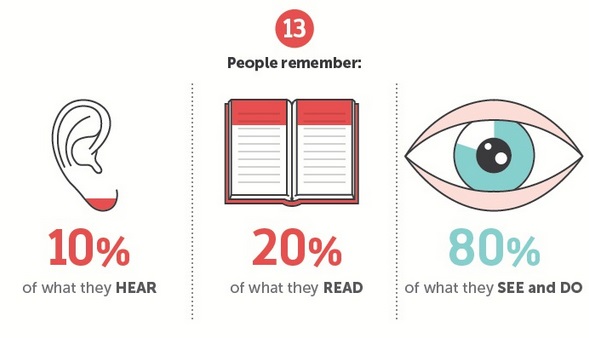
When I clicked on this particular infographic, it took me to a website that discussed 13 reasons why we crave visual information. This website uses various infographics to explain why it is so appealing to receive information visually through infographics. I would definitely recommend checking it out!


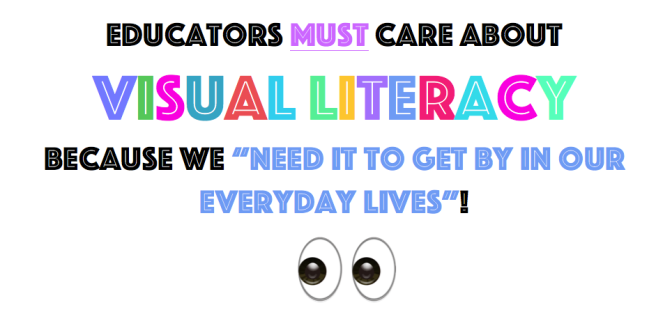 (Source: Moline – Chapter 1)
(Source: Moline – Chapter 1)










 (Source: Seeing All Kids as Readers – Kliewer, 2008, p. 38)
(Source: Seeing All Kids as Readers – Kliewer, 2008, p. 38)


 (Source:
(Source: 

 Sometimes writing is taught as skills in isolation, which often leads to students struggling and feeling disconnected from meaning. When writing is taught as a process, as Graves suggests, students begin to truly engage with the material and make connections. Graves explains on pg. 7, “the writing-process approach to teaching focuses on children’s ideas and helps children teach the teacher or other children in the class what they know, with emphasis first given to ideas and clarifying”. Additionally, Graves highlights key points to teach writing:
Sometimes writing is taught as skills in isolation, which often leads to students struggling and feeling disconnected from meaning. When writing is taught as a process, as Graves suggests, students begin to truly engage with the material and make connections. Graves explains on pg. 7, “the writing-process approach to teaching focuses on children’s ideas and helps children teach the teacher or other children in the class what they know, with emphasis first given to ideas and clarifying”. Additionally, Graves highlights key points to teach writing: (Source: All Children Can Write By: Donald H. Graves)
(Source: All Children Can Write By: Donald H. Graves)
 (Source:
(Source: 
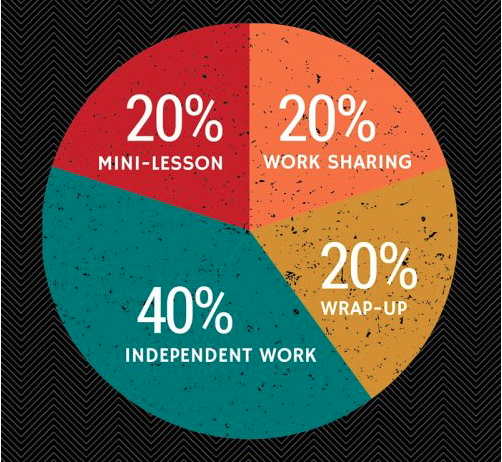






 (Source:
(Source:  (Source:
(Source: 






 (Source:
(Source: 

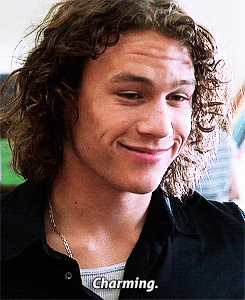




 Last week I explored what it means to be literate and determined that there are endless ways in which a person can demonstrate being literate. Students can demonstrate literacy through dance, music, art, sports, technology, and so on. Historically, literacy was thought of in a limiting way as the ability to read and write. However, my conception of literacy has changed drastically since I have become a teacher education student. I have adopted a more inclusive understanding of literacy, in that it is much more than being able to read and write.
Last week I explored what it means to be literate and determined that there are endless ways in which a person can demonstrate being literate. Students can demonstrate literacy through dance, music, art, sports, technology, and so on. Historically, literacy was thought of in a limiting way as the ability to read and write. However, my conception of literacy has changed drastically since I have become a teacher education student. I have adopted a more inclusive understanding of literacy, in that it is much more than being able to read and write.
 This week, the notion of multiliteracies is discussed as new literacies and learning to make meaning, opposed to the old reading and writing approach to literacy. On pg. 10 of ‘Multiliteracies’:
New Literacies, New Learning, Cope and Kalantzis describe the logic of multiliteracies as “one which recognizes that meaning making is an active, transformative process, and a pedagogy based on that recognition is more likely to open up viable life courses for a world of change and diversity”. In my experience as a student, literacy instruction was always very passive. The teacher would teach the skills, have us practice as a class, and then demonstrate our new knowledge by completing activities. That approach is fine for a student that is able to learn like that, however this is not enough for many students. According to Cope and Kalantzis, “literacy teaching is not about skills and competence; it is aimed a creating a kind of person, an active designer of meaning, with a sensibility open to differences, change and innovation”. This quote really resonated with me because students must be active participants in their learning in order to truly make meaning and engage with the content. When I was an elementary school student, my teachers took a more “skill and drill” approach and it left little opportunity for creativity, diversity, and innovation. Though I always did very well in school, I often felt disconnected from the lessons. I think I could’ve made deeper connections if the material was presented in a more open and engaging way. The multiliteracies approach seeks to do just this and extend learning beyond just skills and competence and really get students actively involved in the content in a meaningful way by using written language, oral language, visual representation, audio representation, tactile representation, gestural representation, and spatial representation.
This week, the notion of multiliteracies is discussed as new literacies and learning to make meaning, opposed to the old reading and writing approach to literacy. On pg. 10 of ‘Multiliteracies’:
New Literacies, New Learning, Cope and Kalantzis describe the logic of multiliteracies as “one which recognizes that meaning making is an active, transformative process, and a pedagogy based on that recognition is more likely to open up viable life courses for a world of change and diversity”. In my experience as a student, literacy instruction was always very passive. The teacher would teach the skills, have us practice as a class, and then demonstrate our new knowledge by completing activities. That approach is fine for a student that is able to learn like that, however this is not enough for many students. According to Cope and Kalantzis, “literacy teaching is not about skills and competence; it is aimed a creating a kind of person, an active designer of meaning, with a sensibility open to differences, change and innovation”. This quote really resonated with me because students must be active participants in their learning in order to truly make meaning and engage with the content. When I was an elementary school student, my teachers took a more “skill and drill” approach and it left little opportunity for creativity, diversity, and innovation. Though I always did very well in school, I often felt disconnected from the lessons. I think I could’ve made deeper connections if the material was presented in a more open and engaging way. The multiliteracies approach seeks to do just this and extend learning beyond just skills and competence and really get students actively involved in the content in a meaningful way by using written language, oral language, visual representation, audio representation, tactile representation, gestural representation, and spatial representation. We have come such a long way from writing on the board and handing out worksheets in black Times New Roman font. Today, teachers are incorporating relevant social media into their classrooms to support a multiliteracies approach and spark student interest. In the article Reinforcing Multiliteracies Through Design Activities, on pg. 29 Dousay explains “social media, sharing videos, images, photographs, and user-generated memes are common practice” in classrooms today. Teachers are using what interests their students outside the classroom to educate their students inside the classroom. Similarly, boring PowerPoint presentations have become a thing of the past and we live in a time where if we have internet access, we have the tools to create truly amazing digital presentations. We have access to awesome alternatives to PowerPoint, such as Prezi, where we can create more interactive presentations. The really cool thing is that it’s not just teachers who can make these digital presentations but students can too! Students today, as young as elementary-aged, consistently impress me with the work they are able to create. They are capable of making professional looking presentations by using various tools that available to them free online. Aside from online resources, these tools are now available on phones so kids literally have the necessary multimedia tools in the palms of their hands…
We have come such a long way from writing on the board and handing out worksheets in black Times New Roman font. Today, teachers are incorporating relevant social media into their classrooms to support a multiliteracies approach and spark student interest. In the article Reinforcing Multiliteracies Through Design Activities, on pg. 29 Dousay explains “social media, sharing videos, images, photographs, and user-generated memes are common practice” in classrooms today. Teachers are using what interests their students outside the classroom to educate their students inside the classroom. Similarly, boring PowerPoint presentations have become a thing of the past and we live in a time where if we have internet access, we have the tools to create truly amazing digital presentations. We have access to awesome alternatives to PowerPoint, such as Prezi, where we can create more interactive presentations. The really cool thing is that it’s not just teachers who can make these digital presentations but students can too! Students today, as young as elementary-aged, consistently impress me with the work they are able to create. They are capable of making professional looking presentations by using various tools that available to them free online. Aside from online resources, these tools are now available on phones so kids literally have the necessary multimedia tools in the palms of their hands…
 Link:
Link:  When reading about multiliteracies, the aspect of visual representation stood out to me the most. As a teacher education student, we spend a great deal of time discussing learning styles and the importance of knowing how your students learn best. Personally, I am a visual learner and love when information is presented in an appealing way with images, colors, etc. When something is visually appealing, it just sticks better and it becomes more memorable to me. When visiting the Interactive Stories site, I came across this piece of information:
When reading about multiliteracies, the aspect of visual representation stood out to me the most. As a teacher education student, we spend a great deal of time discussing learning styles and the importance of knowing how your students learn best. Personally, I am a visual learner and love when information is presented in an appealing way with images, colors, etc. When something is visually appealing, it just sticks better and it becomes more memorable to me. When visiting the Interactive Stories site, I came across this piece of information: (Source:
(Source: 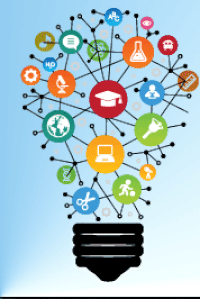
 (Source:
(Source:  (Source:
(Source:  (Source:
(Source: 



